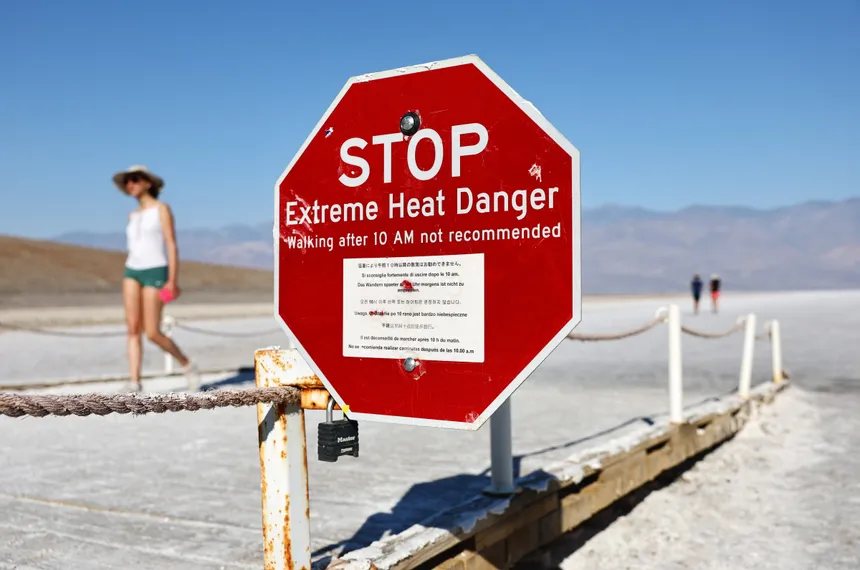The planet is wrestling with a double whammy of rising global temperatures and an emerging El Niño, leading to a supercharged season of extreme weather. The inexorable rise in global temperature caused by greenhouse gas emissions is exacerbated by the El Niño cycle, which brings a further surge of warmth to an already overheating world.
The El Niño-La Niña cycle is a natural phenomenon driven by variations in wind strength and ocean temperatures in the vast Pacific Ocean. The switch between the two climate patterns, which occurs irregularly every three to seven years, usually with neutral years in between, has a profound impact on global temperatures. El Niños tend to last about a year, while La Niña events can be longer and more intense.
During an El Niño, warmth from the ocean is released to the atmosphere, adding up to 0.2C to annual global surface temperatures. This boost in warmth has significant consequences for extreme weather. The places closest to the Pacific are most strongly affected, with heavy rains and flooding in Peru and Ecuador, and heatwaves and droughts in the Amazon and Australia.
However, the impact of El Niño is not limited to the Pacific. The weather cycle also affects regions farther from the equator, including the southern US, which gets wetter weather, and the northern US and Canada, which experience warmer and drier conditions. The Indian monsoon is also affected, with a tendency towards reduced rainfall, which has serious implications for food production in the world’s most populous nation.

The current situation is ominous, with weak El Niño conditions already in place and a high chance of a moderate or strong event in the coming months. Global average temperatures are hovering around 1C above levels previously recorded, leading to record heatwaves from Puerto Rico to Siberia to China. Some scientists believe that 2023 could become the hottest on record, although most of El Niño’s heat will appear in 2024.
Despite the uncertainty surrounding human-caused climate change’s impact on El Niño and La Niña, one thing is clear: rising global temperatures, exacerbated by El Niños and other climate phenomena, will not cease until carbon emissions are significantly reduced to net zero. The continued dance of climate change and El Niño will have far-reaching consequences for extreme weather, global temperatures, and the health of our planet.

